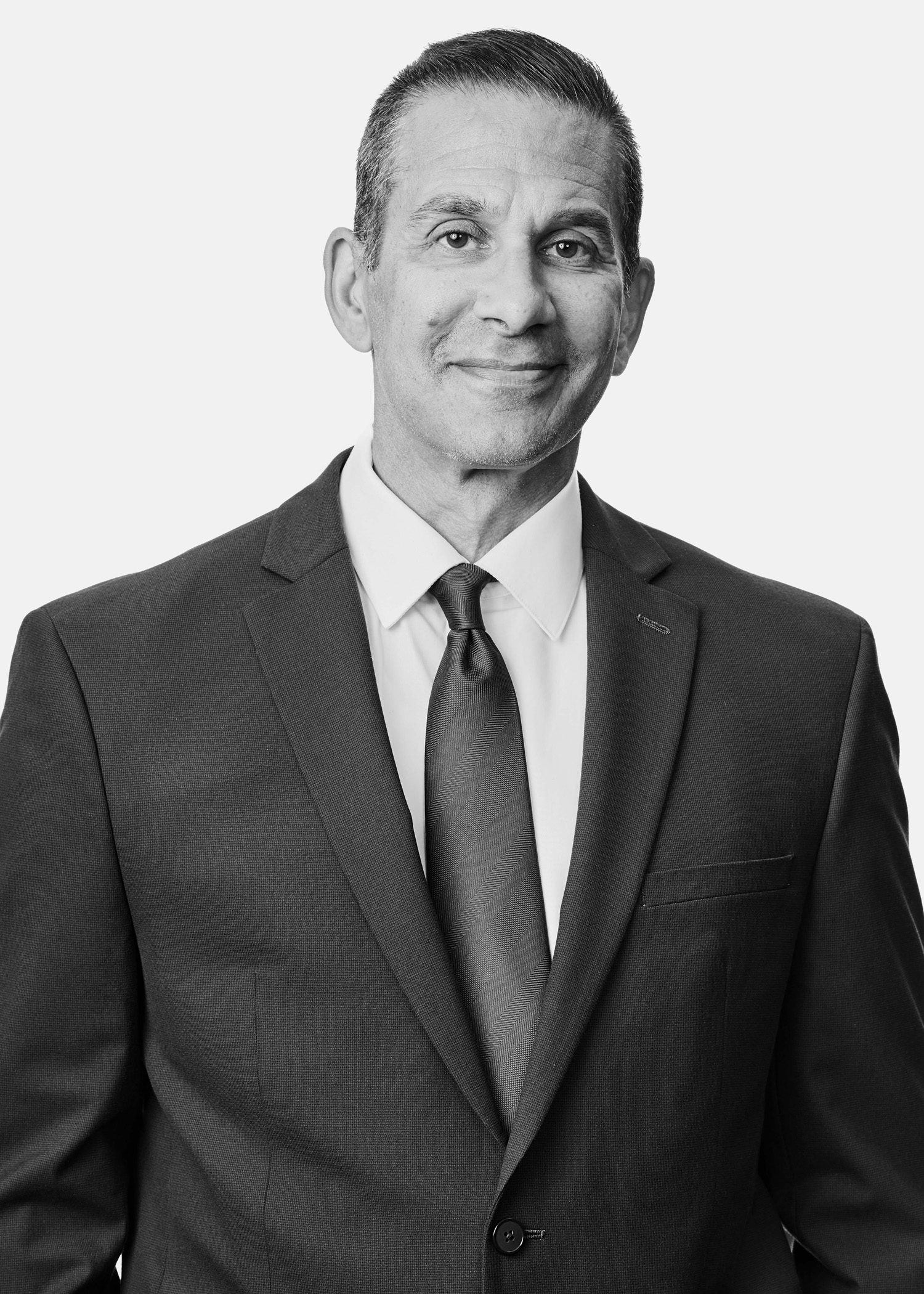IJInvestor Awards 2020 – The Metlife Interview
While MetLife Investment Management (MIM) has been in the project finance market for 20 years, the story of its massive scale-up began in 2009. From that time, the investor has grown its infrastructure debt portfolio from $2bn AUM to $30bn today.
With the financial crisis under way in 2009, MIM sought to increase its real assets business and spotted an opportunity in the infrastructure market: the fundamental mismatch in how long-term infrastructure assets were being financed by short-term bank loans. At the time, equity investors were also facing liquidity shortages and potential ratings downgrades.
- To read the full magazine in which this article appears, CLICK HERE...
“That really allowed us in 2009 to break into the market. at that point there were not many institutional investors really going into the infrastructure space,” says John Tanyeri (pictured), head of infrastructure and project finance for MetLife Investment Management (MIM).
After completing initial financings under the new strategy, Tanyeri’s team was soon being approached by other investors and project owners seeking to replicate the model offered by MetLife.
“We really saw this opportunity grow,” says Tanyeri.
The market continued to develop, and in 2013 Tanyeri moved from the US to London for three years to build up the infrastructure team and start growing the MetLife’s asset management business. In addition to investing in the group’s own account, MetLife began providing asset management services to smaller institutional investors and pension funds that were looking for access to infrastructure but were still new to the market.
With an initial focus on the US and UK, MIM then began expanding its global reach to Europe, Canada, and in recent years to Latin America and Australia. Whereas the US project finance market was traditionally dominated by energy assets such as gas-fired power and LNG, international markets offered a broader scope of opportunities – in transmission assets, ports, airports and other sectors.
With approximately $30bn portfolio as of September 2020, MIM originated $4.8bn in infrastructure financings in 2017, $5.2bn in 2018 and $7.1bn in 2019. The sheer scale and global reach of MetLife’s growth is notable –– but the group also seeks to differentiate itself from the competition.
Importantly, Tanyeri believes, MIM is different from other asset managers in that it invests in every transaction that it manages. MIM has a global team – with country managers spread from Santiago to Hong Kong – as well as the ability to take greenfield risk and large ticket sizes. MIM offers flexibility in the form of delayed drawdown financing to supplement construction and it’s able to get in early on transactions.
Tanyeri points to the current business challenges brought on by covid-19 – including liquidity shortages – and emphasises the importance of robust asset management and partnerships.
“There’s more to this than asset origination. You need to partner up with sponsors to get through difficult times, especially when assets are sitting on the books for 25 years,” says Tanyeri.
Looking ahead, Tanyeri says MIM’s strategy is to continue to expand its model in new regions.
He notes opportunities across the globe – untapped markets in Eastern Europe, Australia’s transition from a commodity-based economy, energy and transportation in Southeast Asia, and a flurry of opportunities in Latin America.
Request a Demo
Interested in IJGlobal? Request a demo to discuss a trial with a member of our team. Talk to the team to explore the value of our asset and transaction databases, our market-leading news, league tables and much more.


